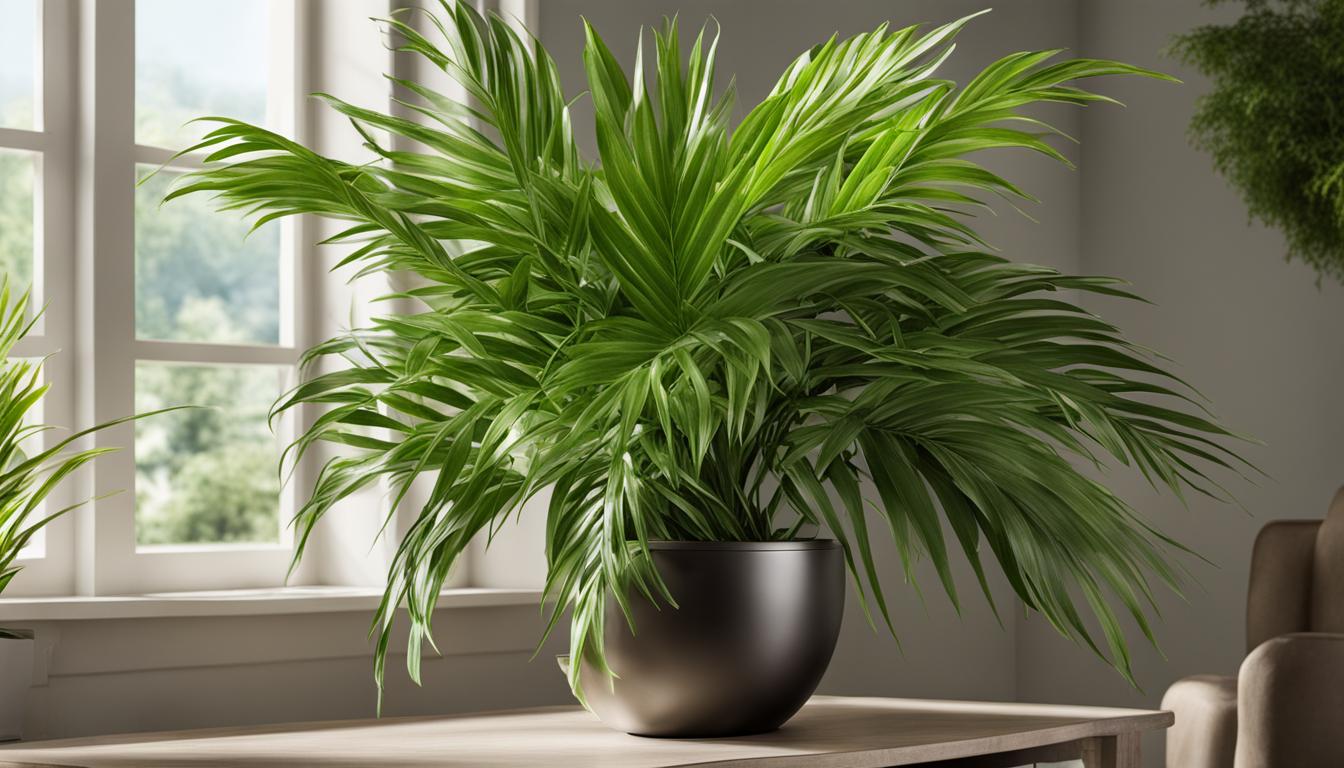
Indoor plants are a popular choice for adding a touch of greenery to our interiors, and one plant that stands out is the Parlor Palm, scientifically known as Chamaedorea elegans.
With its lush green foliage and elegant appearance, the Parlor Palm is a tropical beauty that can effortlessly elevate any indoor space.
What makes the Parlor Palm even more appealing is its low maintenance nature, making it a perfect choice for both novice and seasoned indoor gardeners.
This decorative plant requires minimal attention, allowing you to enjoy the benefits of greenery without the hassle of constant upkeep.
Not only does the Parlor Palm contribute to the aesthetics of your home, but it also acts as a natural air purifier. Studies have shown that this tropical plant has the ability to remove pollutants from the air, providing you with cleaner and healthier indoor environments.
Whether you’re looking to enhance the appeal of your interiors, create a tropical ambiance, or improve air quality, the Parlor Palm is an excellent choice for indoor gardening.
Let’s explore its lighting and watering requirements, as well as some helpful care tips and benefits in the following sections.
Lighting and Watering Requirements for Parlor Palm
The Parlor Palm, also known as Chamaedorea elegans, is a popular choice for indoor plants and houseplants. One of the key factors in ensuring the health and vitality of your Parlor Palm is providing the right lighting conditions.
This tropical plant thrives in low light environments, making it suitable for areas away from direct sunlight or North-facing windows. Indirect or filtered light is ideal for the Parlor Palm, as it allows the plant to photosynthesize without being exposed to intense sunlight.
When it comes to watering the Parlor Palm, it is important to strike the right balance. While this plant enjoys moist soil, overwatering can lead to root rot and other issues.
The general rule of thumb is to keep the soil evenly moist, allowing the top inch to dry out before watering again. Using well-draining soil and a pot with drainage holes can help prevent waterlogging and ensure proper water management for your Parlor Palm.
It’s important to note that the specific lighting and watering requirements may vary depending on your indoor environment and the size of your Parlor Palm.
Observing the plant closely and adjusting the watering schedule or location as needed can help ensure that your Parlor Palm thrives in its new home.
Lighting and Watering Guidelines for Parlor Palm
| Lighting | Watering |
|---|---|
| Low to medium indirect light | Keep soil evenly moist, allowing top inch to dry out |
| Avoid direct sunlight | Use well-draining soil and pots with drainage holes |
| North-facing windows are suitable | Monitor the plant and adjust watering as needed |
In summary, the Parlor Palm thrives in low light conditions, making it a versatile option for indoor spaces. Providing indirect or filtered light is crucial for its growth.
When watering, it’s essential to maintain moist soil without causing waterlogging. By following these lighting and watering guidelines, your Parlor Palm will flourish and bring a touch of tropical beauty to your indoor garden.
Care Tips and Benefits of Parlor Palm
When it comes to caring for Parlor Palm (Chamaedorea elegans), there are a few key factors to keep in mind. First, ensure that the plant is placed in the right lighting conditions.
Avoid direct sunlight, as it can scorch the delicate leaves. Instead, opt for indirect or filtered light, making it suitable for various areas within your home.
Watering is another crucial aspect of Parlor Palm care. While it thrives in moist soil, overwatering can be detrimental to its health.
Allow the top inch of soil to dry out before watering again to strike the right balance. Using well-draining soil and a pot with drainage holes will help prevent waterlogging and root rot.
Maintaining proper humidity levels is important for Parlor Palm’s well-being. Regularly dust the leaves to keep them clean and unfurled, and mist them with water to provide the needed moisture. This practice not only enhances the plant’s appearance but also replicates its native tropical habitat.
| Care Aspect | Details |
|---|---|
| Light | Prefers bright, indirect light but can tolerate low light levels. |
| Watering | Keep soil evenly moist but not waterlogged; reduce watering in winter. |
| Humidity | Thrives in medium to high humidity. |
| Temperature | Prefers room temperatures between 18-24°C (65-75°F); avoid temperatures below 12-14°C (53-57°F). |
| Soil | Light, well-draining potting soil. |
| Fertilization | Feed with a balanced fertilizer during the growing season. |
| Pruning | Prune from the bottom only; do not cut the top off. |
| Propagation | Propagation is typically done by sowing seeds. |
| Repotting | Repot when the plant becomes root-bound. |
| Special Properties | Has gained the Royal Horticultural Society’s Award of Garden Merit. |
| Toxicity | Information not provided; typically, Chamaedorea species are not toxic to pets and humans. |
Aside from its decorative appeal, Parlor Palm offers numerous benefits. This indoor plant acts as a natural air purifier, filtering out toxins and improving the air quality in your home.
It is safe for households with pets or children, as it is non-toxic. With its lush green foliage, Parlor Palm adds a touch of natural beauty and tranquility to any indoor space.
FAQ
What is Parlor Palm?
Parlor Palm, scientifically known as Chamaedorea elegans, is a popular indoor plant in the United States. It is well-known for its stunning elegance and ability to add a touch of tropical beauty to any interior space.
Is Parlor Palm easy to care for?
Yes, Parlor Palm is a low maintenance plant and is easy to care for. It is suitable for both beginner and experienced gardeners.
Can Parlor Palm purify the air in my home?
Yes, Parlor Palm has been found to remove pollutants from the air and is an excellent choice for those looking to improve the air quality in their homes.
Where should I place Parlor Palm in my home?
Parlor Palm thrives in indirect or filtered light and can withstand low light conditions. It is suitable for different areas in the home, such as North-facing windows or areas away from direct sunlight.
How often should I water Parlor Palm?
Parlor Palm should be kept evenly moist but not soggy. It is important to allow the top inch of soil to dry out before watering again to prevent overwatering.
How do I maintain humidity levels for Parlor Palm?
Regularly dusting the leaves and misting them with water can help maintain humidity levels and prevent the accumulation of dust.
Can I fertilize Parlor Palm?
Yes, fertilizing the Parlor Palm every 2-3 months with a balanced houseplant fertilizer can provide essential nutrients for growth.
Is Parlor Palm safe for households with pets or children?
Yes, Parlor Palm is a non-toxic plant, making it safe for households with pets or children.
What are the benefits of having Parlor Palm in my home?
In addition to its decorative value, Parlor Palm improves air quality by removing toxins and adds a touch of natural beauty to any indoor space.


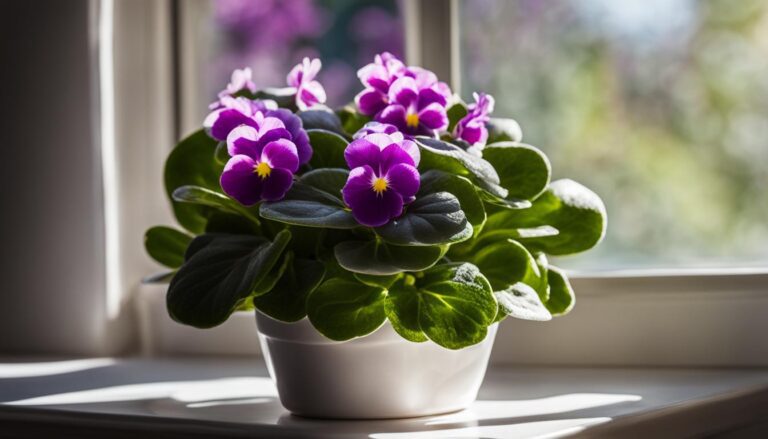
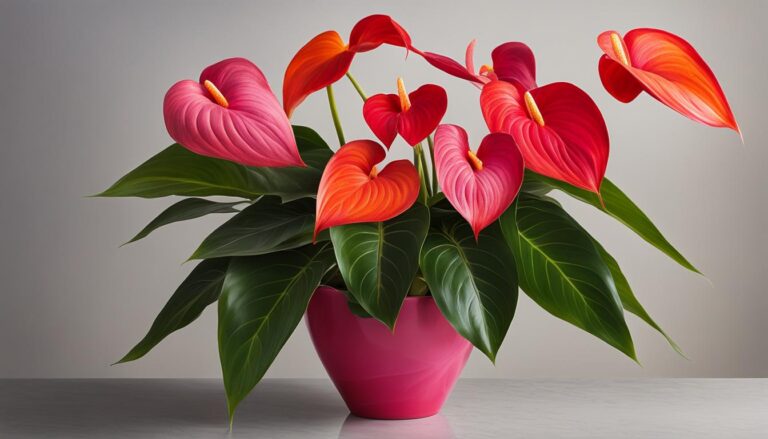

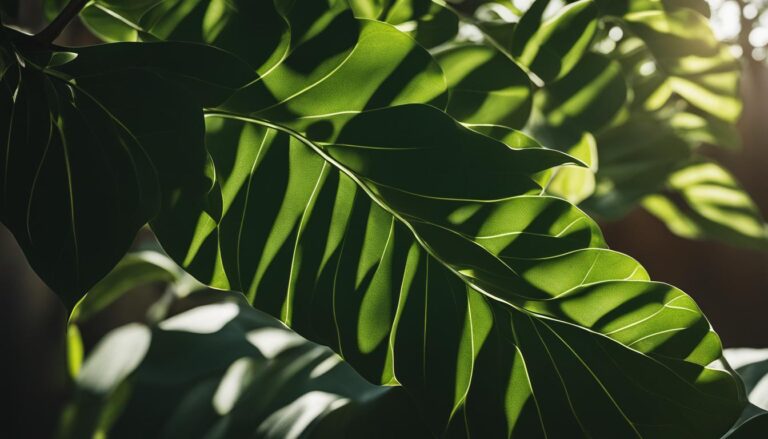
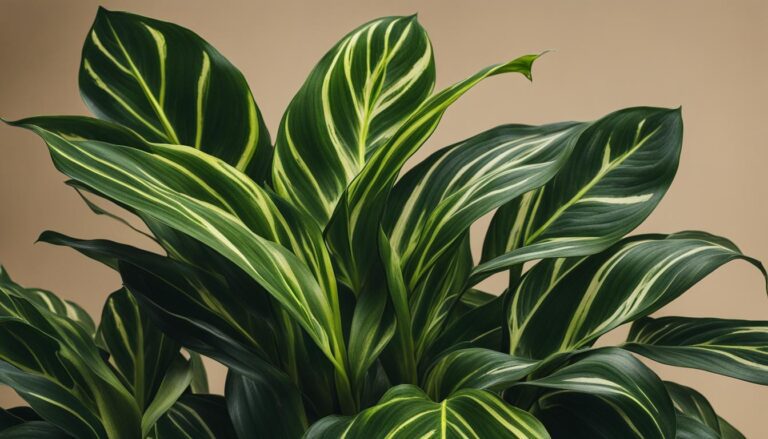
Wow, this paragraph is fastidious, my younger sister is analyzing these kinds
of things, therefore I am going to let know her. https://Www.waste-ndc.pro/community/profile/tressa79906983/